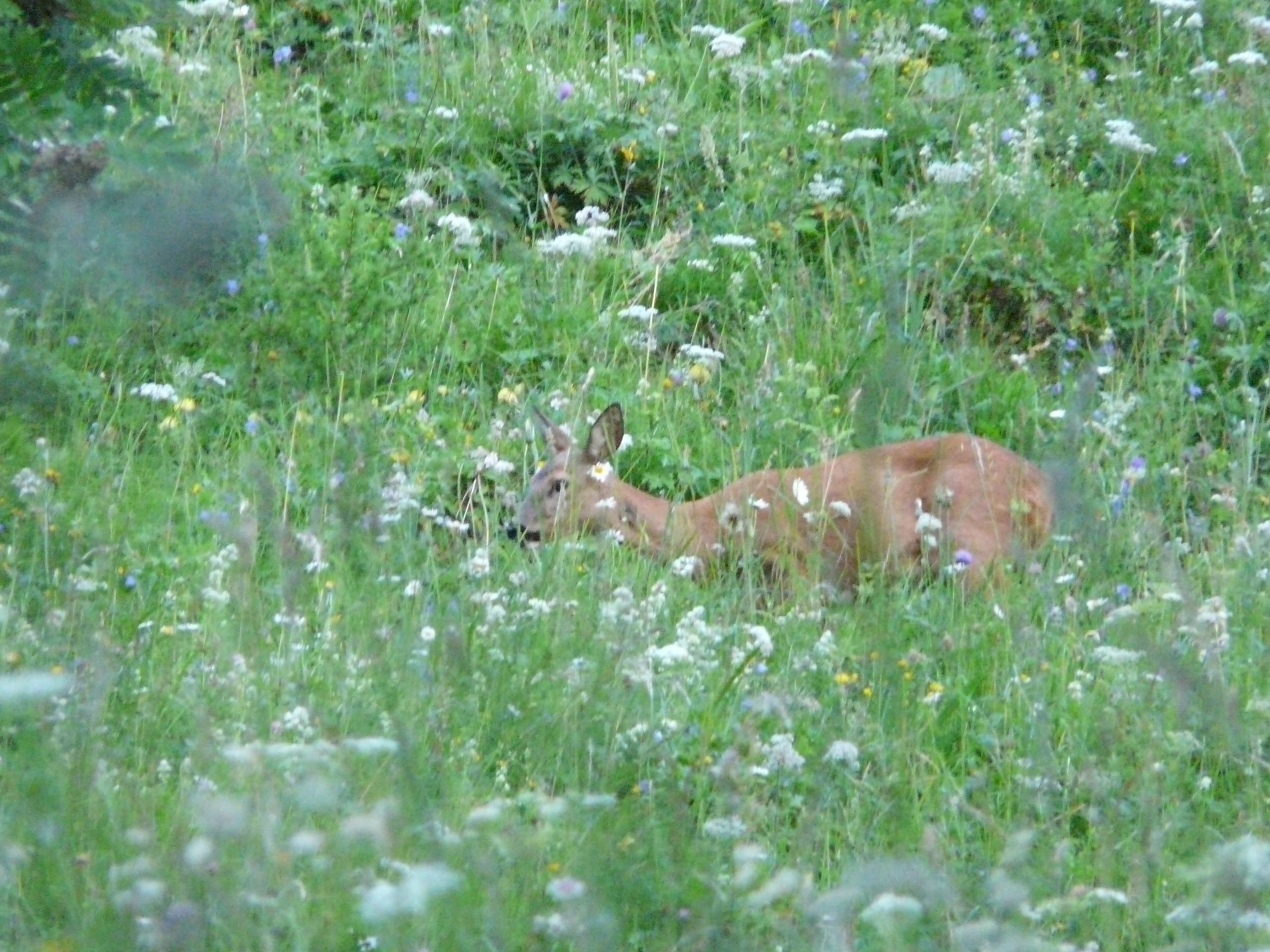| HOME | ||
|
Arda
ilvanya |
||
|
|
Nu laire-vilya calima né nurtaina ambo súmasse emma Ardo vanwa ar írima.
Urulaste ar hraicénima - ananta sinten - anes tasse nu laire-vilya calima.
Lótelion liltie vórima úfane hendunyanta i lisse emmo Ardo vanwa ar írima.
Sossenca imíca farme férima ve arquen caine nessa arasse nu laire-vilya calima.
Raine ar vánie waltaner i síma panyala oiave endanyasse nu laire-vilya nísima |
|
| A villanelle
is a closed form poem. Its main characteristics are 5 tercets followed by
a quatrain. There are no rules regarding meter, but rhymes are important -
only two are allowed. The first and third lines of each stanza have one
rhyme, all the middle lines have the second one. The first line of the first stanza becomes the refrain of the second, the fourth and the sixth stanza. The third line of the first stanza is the refrain of the third, the fifth and the sixth stanza. The most important thing in this closed form is to have a first and third line that can be repeated and make sense throughout the other stanzas. The above villanelle has only 4 tercets before the quatrain. This form is sometimes described as "pastoral" and seemed particularly fitting given the content of my little poem. Petri Tikka has kindly accepted to record it for Youtube. Please follow this link: http://www.youtube.com/watch?v=YV2HnEbcQJI |
||
| La villanelle est
un poème en forme fixe qui est constitué de 5 tercets suivi d'un
quatrain. Il n'y a pas de règles concernant la métrique, mais les rîmes
sont importantes - seules deux sont permises. La première et la
troisième ligne de chaque strophe ont une rîme, toutes les lignes du
milieu adoptent la deuxième. La première ligne de la première strophe
devient le refrain de la seconde, de la quatrième et de la sixième
strophe. La troisième ligne de la première strophe devient le refrain de
la troisième, de la cinquième et de la sixième strophe. Il est donc
important d'avoir une première et une troisième ligne qui gardent un
sens et qui harmonisent avec le reste lorsqu'elles sont répétées. La villanelle ci-dessus n'a que 4 tercets avant le quatrain. Cette forme est parfois décrite comme "pastorale", ce qui me semblait particulièrement appropriée pour ce petit poème. Petri Tikka a aimablement accepté de l'enregistrer pour Youtube. Voici le lien: http://www.youtube.com/watch?v=YV2HnEbcQJI
|
||
| Interlinear
word by word translation: Nu
laire-vilya calima né
nurtaina ambo súmasse emma Ardo vanwa ar írima. a
picture of a
lost and desirable world. nu laire-vilya calima. under
the bright summer air. úfane
hendunyanta i lisse emmo
Ardo
vanwa ar írima. ve
arquen caine nessa arasse nu
laire-vilya calima. panyala
oiave endanyasse nu
laire-vilya nísima emma
Ardo
ilvanya ar írima.
|
||
